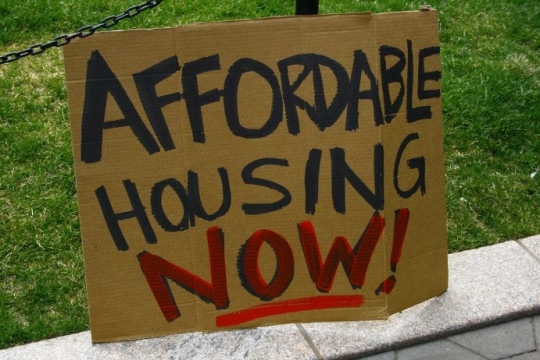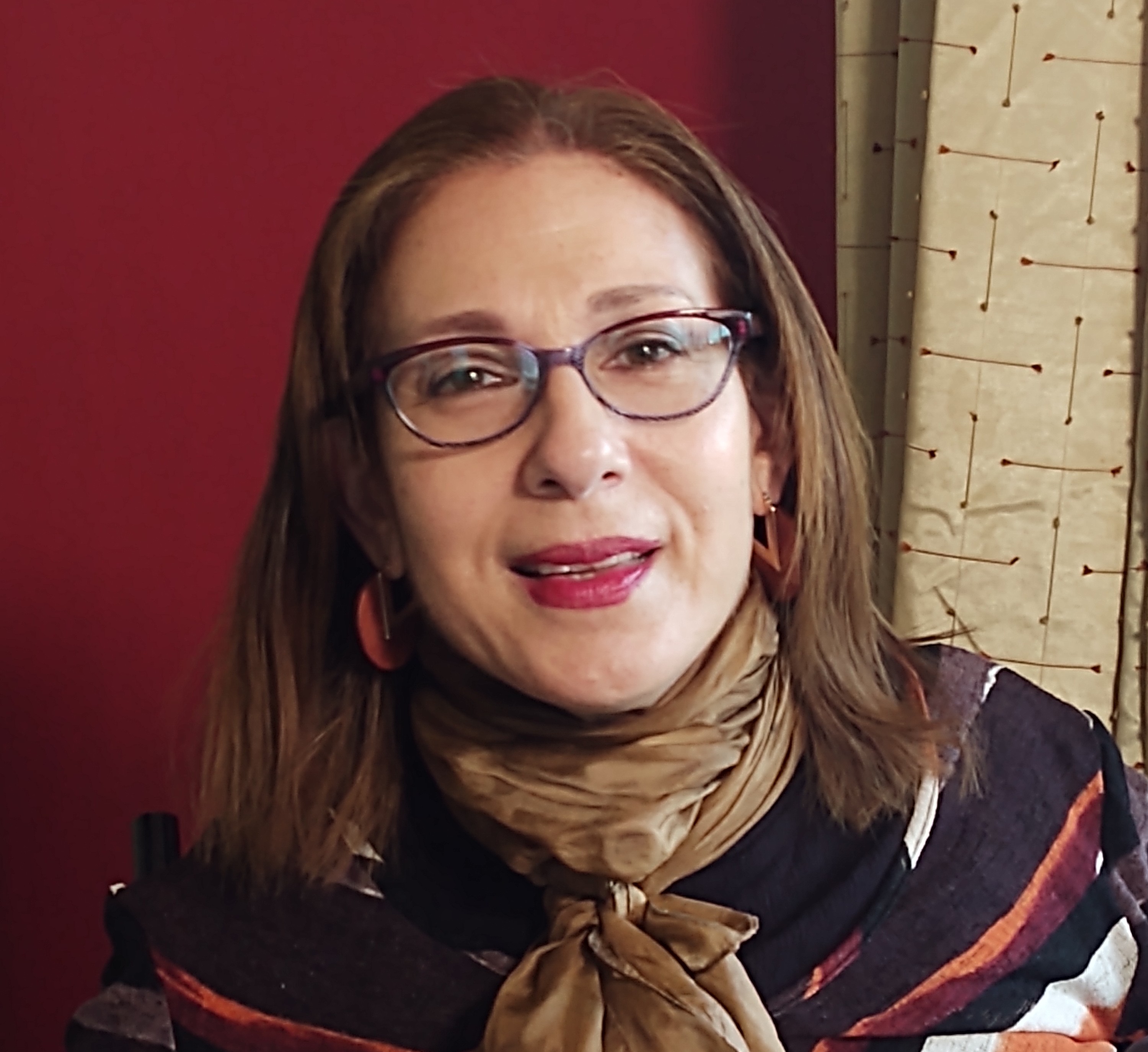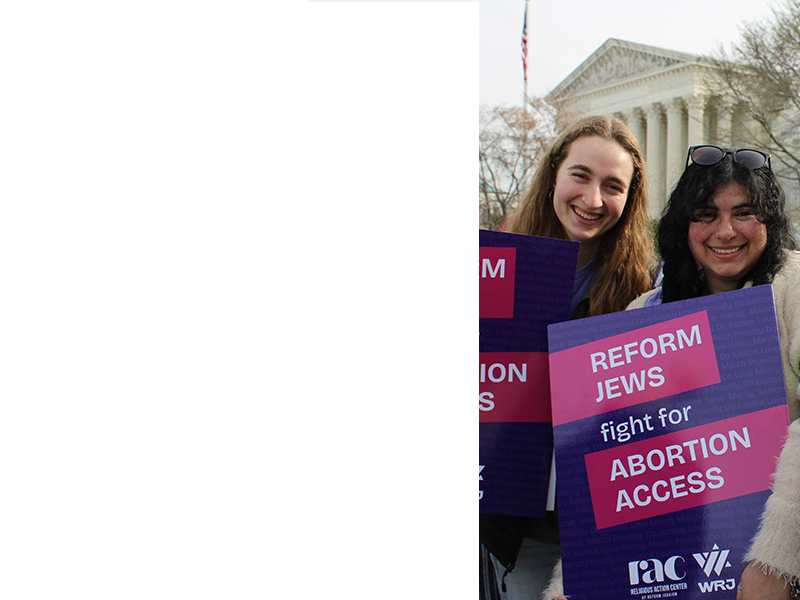
The concept of inclusion is currently a fundamental tenet of many organizations: private, public, not-for-profit and religious. However, simply claiming to embrace diversity, although in many cases well-intentioned, does not translate to full inclusion. In fact, there is a true lack of understanding of the difference between diversity and inclusion.
While many organizations have done the minimum needed to show diversity, inclusion is an entirely different concept. Diversity leads to presence of underrepresented populations which is certainly good, but inclusion takes that presence and makes sure that those underrepresented populations are brought to the table, their voices are heard, and their perspectives are considered in the decision making process.
When it comes to disability, I have found that inclusion is still not fully understood. There is an opportunity being missed here to learn, adapt, and lead. And, that opportunity has the possibility to positively impact the lives of all of God’s creations.
I was raised in a conservative Jewish household in rural upstate New York, attended Hebrew school, and was Bat Mitzvahed at a synagogue that was almost 30 miles away from my home. There were three Jewish students in my entire school. Diversity was limited, and inclusion wasn’t even on the radar. After sustaining a spinal cord injury in 1983, when I was 16 that rendered me a quadriplegic, I returned to high school after a long period of rehabilitation. Not only did I feel different because I had a disability, as I said, inclusion wasn’t even on the radar. The synagogue that my family attended was not fully accessible. The bima (altar) had steps and the bathroom was not wheelchair accessible. In fact, I never went back to that synagogue after my injury.
After high school, I attended college at the University at Albany. There I experienced diversity and, without realizing it, lived in a community of inclusion. Religious services on campus were fully accessible, pursuant to the Rehabilitation Act, a precursor to the Americans with Disabilities Act (ADA). Not just physically accessible, but there were sign language interpreters and braille prayer books. As Vice President of Disabled Students Services, I was consulted in the planning of Jewish events and celebrations on campus to ensure that they were as accessible as possible.
So what lesson can you learn from my experience? For religious leaders, involve multiple populations in your planning. With respect to disability, it’s not a ‘one size fits all’ type of accommodation, but you can ensure that you have at least one person with a disability on a planning committee when it comes to major events, and especially renovations. While one individual with a disability does not represent all, that person should be able to consult with others in his or her network to help the congregation fully explore how to integrate individuals with all types of disabilities in their events. And, if there isn’t anyone in the congregation with a disability to help in this regard, then the congregation can make it a priority to attract diverse members.
Realistically, while not every individual with a disability may identify as such, and some disabilities may not be physically apparent, I am confident that if an organization shows a conscious and serious intent to be inclusive, volunteers with disabilities and/or those associated or familiar with different disabilities will come forward. Also, and this applies not just to synagogues, a conscious effort must be made to ensure that the main parts of the facility and any written material are accessible to those with varying disabilities for any major holiday service or celebration; have inclusive policies that allow and accept service animals; design seating areas so those in scooters or wheelchairs can see what is going on and not feel that they are sticking out into an aisle or passageway and feeling like their presence makes it difficult for others to find a seat.
Imagine how you would feel if your grandchild, spouse, sibling, child or dear friend wanted to honor you by coming up to the front of a synagogue, church or mosque to participate in a celebratory event or a funeral and it was not possible because of lack of access.
This is a prime example of lack of inclusion. Even though it isn’t mandated, full inclusion and access is the right thing to do.
A version of this blog originally appeared at Happy on Wheels on August 3, 2016.
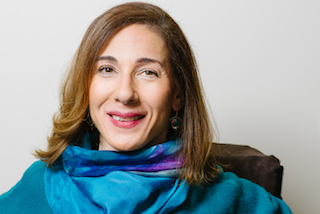 Sheri Denkensohn sustained a spinal cord injury resulting in quadriplegia at age 16. She is a graduate of the University at Albany and the Georgetown University Law Center. Sheri has worked as an attorney for the Federal government for 25 years. She has served on numerous committees and boards involved in advocating for individuals with disabilities on issues including physical accessibility, employment and health care. Sheri and her husband Tony (who also has a disability), are co-founders of Happy on Wheels. Their goal is to inspire others, both those with and without disabilities, to live happier lives through motivational speaking, coaching, mentoring, community outreach, fashion modeling and related activities. Sheri is also a breast cancer survivor and is an Ambassador for the American Cancer Society. Sheri and her husband Tony reside in Arlington, Virginia.
Sheri Denkensohn sustained a spinal cord injury resulting in quadriplegia at age 16. She is a graduate of the University at Albany and the Georgetown University Law Center. Sheri has worked as an attorney for the Federal government for 25 years. She has served on numerous committees and boards involved in advocating for individuals with disabilities on issues including physical accessibility, employment and health care. Sheri and her husband Tony (who also has a disability), are co-founders of Happy on Wheels. Their goal is to inspire others, both those with and without disabilities, to live happier lives through motivational speaking, coaching, mentoring, community outreach, fashion modeling and related activities. Sheri is also a breast cancer survivor and is an Ambassador for the American Cancer Society. Sheri and her husband Tony reside in Arlington, Virginia.
Related Posts
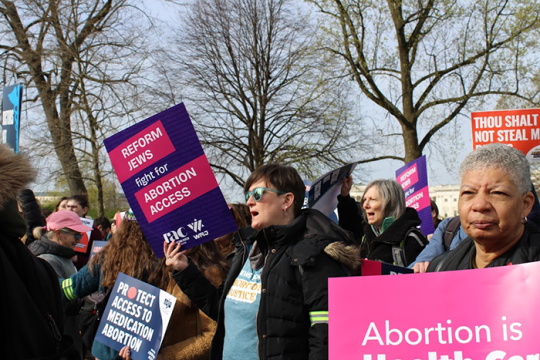
Remarks from Rabbi Eliana Fischel at Jewish Gathering for Abortion Access
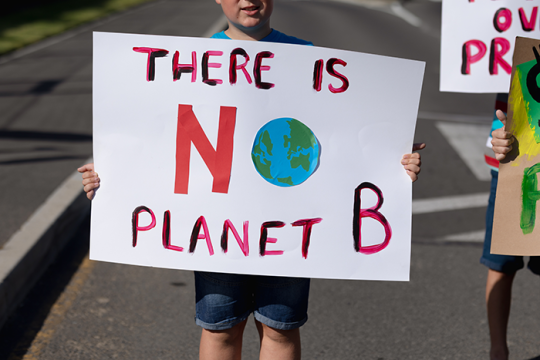
Teens from North Carolina Speak About Environmental Justice
